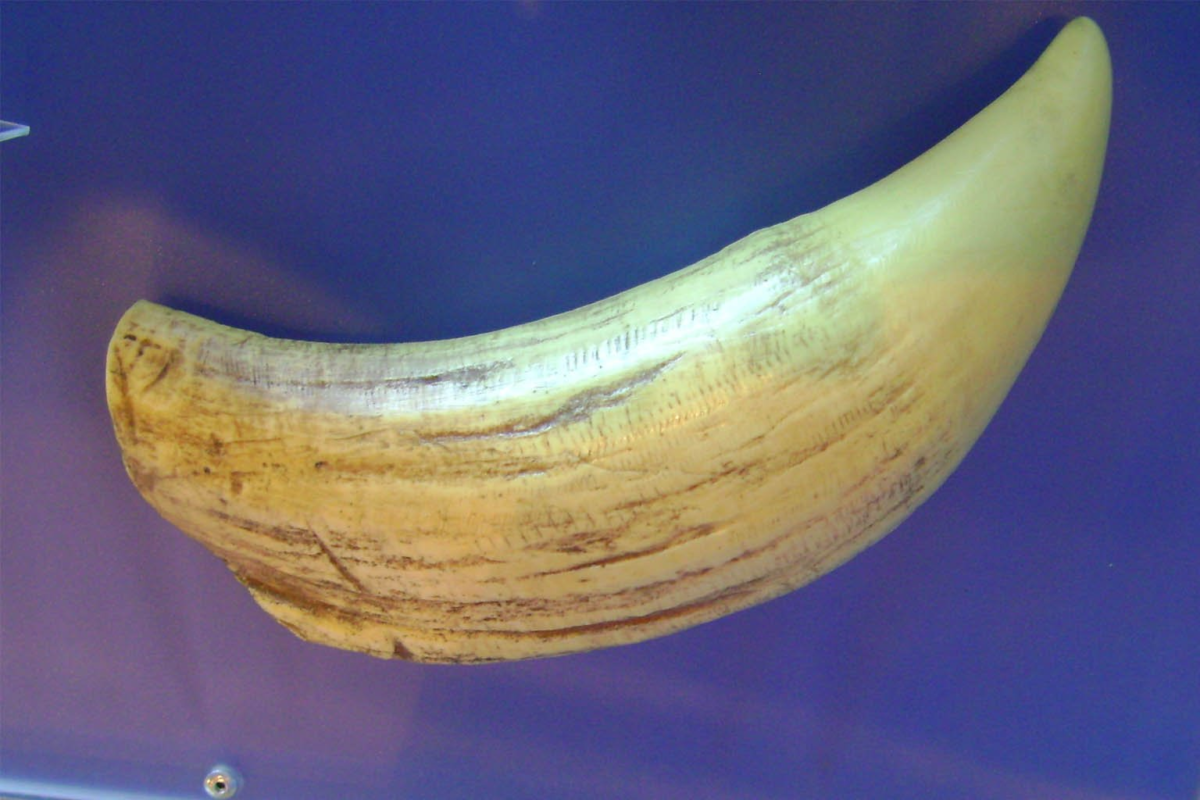Uncategorized
Ancient Iberian rituals uncovered through rare sperm whale tooth – Le Ravi
A rare sperm whale tooth unearthed in southern Spain is rewriting what we know about ancient Iberians and their fascination with the sea. Imagine a single artifact offering a window into the spiritual and everyday lives of people who lived more than 5,000 years ago. That’s exactly what archaeologists found at Valencina de la Concepción, near Seville, and it’s a discovery that’s capturing the ima gination of researchers worldwide.
The tooth, dating back to the 3rd millennium BCE, is the first of its kind discovered on the Iberian Peninsula. Found during excavations in 2018 at a mega-site nicknamed “Nueva Biblioteca”—being unearthed as part of a municipal library construction project—this rare specimen opens new perspectives on prehistoric Iberian culture. Beyond its age, the artifact hints at a profound connection between ancient humans and the marine world, possibly linked to rituals and symbolic practices.
Valencina de la Concepción has long been renowned for its rich archaeological record, including stone tools, pottery, and animal remains. But this sperm whale tooth is particularly extraordinary : it’s the first of its kind from the 3rd millennium BCE found in Iberia. Until now, only one similar tooth had been found in the western Mediterranean, at Monte d’Accoddi in Sardinia, highlighting the rarity and cultural significance of the find.
Measuring 5.2 inches (13.2 cm), the tooth was meticulously analyzed. Signs of wear—a smooth fracture and loss of material—suggest it belonged to an older whale at the time of death. “This is an aged specimen,” explained Dr. Samuel Ramírez-Cruzado Aguilar-Galindo, lead researcher. “The wear on the labial surface and the smooth fracture on the lingual side indicate it was active during the whale’s life.” Such details enrich the story of the artifact, offering clues about the animal itself long before humans encountered it.
The tooth’s journey from the ocean depths to a sacred Iberian site is nothing short of fascinating. After the whale’s death, it likely rested on the sea floor, subjected to scavengers—perhaps sharks—leaving distinctive bite marks. Over time, marine organisms like sponges and gastropods colonized its surface, further recording its aquatic journey.
Eventually, natural events—storms or high tides—probably brought the tooth to shore, where it could be collected by humans. “These two teeth, including the one from Sardinia, are the only Neolithic-Chalcolithic sperm whale teeth recovered from European archaeological sites to date,” notes Dr. Ramírez-Cruzado Aguilar-Galindo. “Both were found in highly significant, almost sacred locations, reflecting the importance given to these pieces.” Clearly, this wasn’t just a curiosity—it was an object worthy of reverence.
The discovery highlights the role of marine resources in prehistoric Iberian culture. During the Neolithic and Chalcolithic periods, large animal remains were often included in ritual deposits, sometimes serving as elite burial offerings. The sperm whale tooth may have functioned similarly, symbolizing power and marine veneration.
Dr. Ramírez-Cruzado Aguilar-Galindo suggests that ancient Iberians recognized the tooth as coming from a massive marine creature. “They knew their environment and the resources within it, and they were in contact with neighboring communities,” he explains. Comparable artifacts made from whale bones have been found in Portugal, also dating to the Copper Age. Such findings hint at cultural exchange across the region, as communities shared stories and reverence for the ocean’s giants.
For me, imagining ancient humans holding this enormous tooth, perhaps in awe of the creature it once belonged to, is humbling. It’s a tangible reminder of the deep respect prehistoric societies held for nature and the unknown forces around them.
Beyond its ritual context, the tooth provides new information about the interplay between humans and their environment. It underscores the sophisticated knowledge of marine life that ancient Iberians possessed and suggests that their cultural world extended far beyond their villages and fields. Such artifacts bridge the gap between ecological observation and spiritual life, showing that the sea was not just a source of food but also of meaning and symbolism.
By examining this rare find, researchers gain a better understanding of social hierarchies, trade networks, and symbolic practices in prehistoric Iberia. It reminds us that every artifact—even a single tooth—can transform how we view ancient societies. What stories might our ancestors have told about these massive whales ? And how did these stories shape the rituals and beliefs that guided their daily lives ?
Discoveries like this continue to prove that even small, overlooked objects can hold incredible historical weight. As we unearth more artifacts, each piece adds to the mosaic of human history, helping us better understand the relationships our ancestors had with the natural world.
If this glimpse into the past fascinates you, share your thoughts below. How do you think ancient humans perceived the ocean and its giants ? Let’s discuss and explore the wonders of prehistory together.
Share the post “Ancient Iberian rituals uncovered through rare sperm whale tooth”
Climate and environment journalist, driven by curiosity. I investigate sustainability, global warming, and human impact to reveal the stories shaping our planet’s future.
Copyright ©leravi.org 2025

